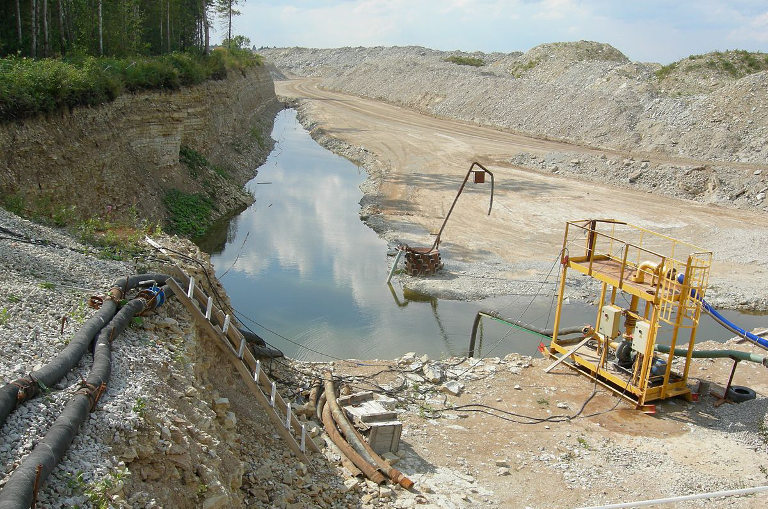Those of us who watched incredulously as investors shovelled more and more money into what we were sure were money-losing shale oil and gas drillers do not find the current spate of fraud lawsuits against these drillers surprising.
The gargantuan claims about shale hydrocarbon reserves—which were compared more than once to those in Saudi Arabia—were clearly designed to woo investors into bidding up the stock price and/or hoovering up the constant stream of junk bonds emitted by the shale oil and gas drillers. The hype succeeded for a long time, even during the crash in oil prices in 2015 and beyond when investors convinced themselves that they were picking up “bargains.”
It wasn’t until the pandemic-induced plunge in oil prices that the reality of those outlandish claims was revealed, and many companies disappeared.
But this story of fraud and exaggerated claims is much more than a legal story. The large production gains that did take place in American oil fields had people believing America would be or already was “energy-independent,” a phrase that meant the country would not be a net importer of energy resources. Though U.S. dependence on imported energy resources did decline, it didn’t reach zero until the pandemic dramatically crashed U.S. oil demand below U.S. production. But as the world and U.S. economies rebound, that dependence is almost certain to return as the so-called “shale miracle” turns out to be something less than miraculous, bankruptcies continue and reserve estimates come back into line with reality.
But the fallout extends even further. The U.S. oil boom was the principal source of increased world production for most of the last 15 years. Without that boom and the boom in the Canadian tar sands, world oil production would have grown little or even declined. Now that U.S. shale oil production is receding—from an estimated 8.3 million barrels per day (mbpd) in November 2019 to 6.9 mbpd as of February 2021—it is unlikely that U.S. producers could pull off a similar feat again.
The recent rise in oil prices against a backdrop of a still recovering economy suggests that the shale miracle is not returning any time soon, if ever. For those who scoffed at the idea that world oil production would peak in the near term, the test is just ahead. World production of crude oil including lease condensate (which is the definition of oil) peaked at 84.6 mbpd in November 2018 (well before the pandemic) and has yet to touch that peak again. In fact, the latest monthly production figures available from the U.S. Energy Information Administration show oil production in February still more than 10 million barrels below its November 2018 peak.
No one can say for certain whether we have seen the all-time high in world production. But I am personally on “peak watch” and have been since the middle of 2019. The implications for the world will be even greater than those of the pandemic if it turns out we are now past the peak in world oil production.
Photo: Põhja-Kiviõli oil shale mine near Kohtla-Järve, Estonia (2007). By Wilson44691 via Wikimedia Commons https://commons.wikimedia.org/wiki/File:Oil_Shale_Mine_northern_Estonia.JPG






